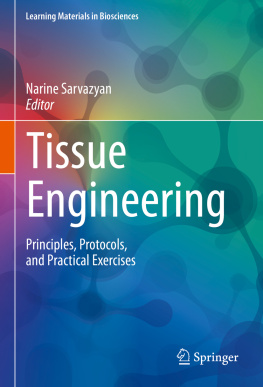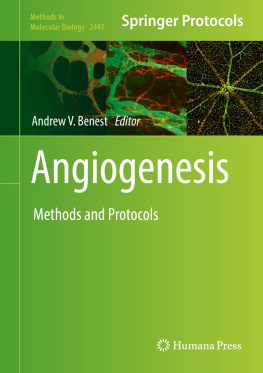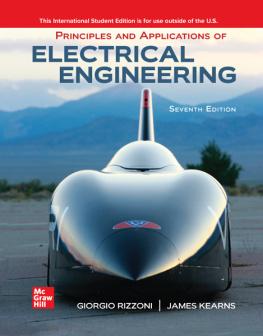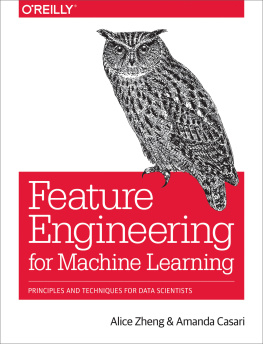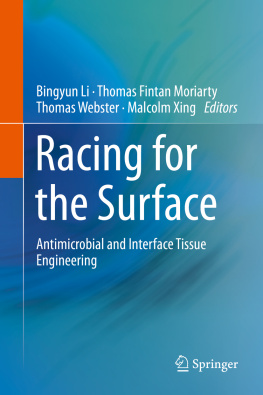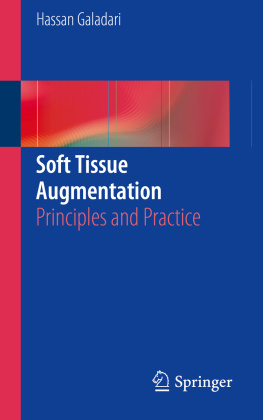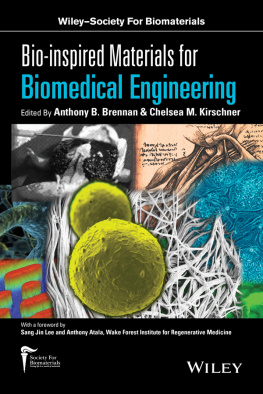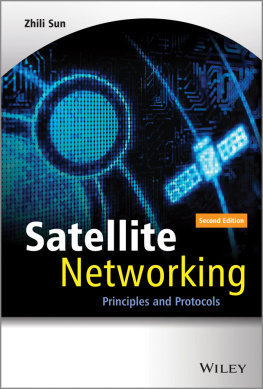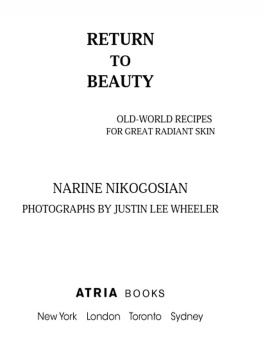Narine Sarvazyan - Tissue Engineering: Principles, Protocols, and Practical Exercises
Here you can read online Narine Sarvazyan - Tissue Engineering: Principles, Protocols, and Practical Exercises full text of the book (entire story) in english for free. Download pdf and epub, get meaning, cover and reviews about this ebook. year: 2020, publisher: Springer Nature, genre: Home and family. Description of the work, (preface) as well as reviews are available. Best literature library LitArk.com created for fans of good reading and offers a wide selection of genres:
Romance novel
Science fiction
Adventure
Detective
Science
History
Home and family
Prose
Art
Politics
Computer
Non-fiction
Religion
Business
Children
Humor
Choose a favorite category and find really read worthwhile books. Enjoy immersion in the world of imagination, feel the emotions of the characters or learn something new for yourself, make an fascinating discovery.
- Book:Tissue Engineering: Principles, Protocols, and Practical Exercises
- Author:
- Publisher:Springer Nature
- Genre:
- Year:2020
- Rating:3 / 5
- Favourites:Add to favourites
- Your mark:
- 60
- 1
- 2
- 3
- 4
- 5
Tissue Engineering: Principles, Protocols, and Practical Exercises: summary, description and annotation
We offer to read an annotation, description, summary or preface (depends on what the author of the book "Tissue Engineering: Principles, Protocols, and Practical Exercises" wrote himself). If you haven't found the necessary information about the book — write in the comments, we will try to find it.
Tissue Engineering: Principles, Protocols, and Practical Exercises — read online for free the complete book (whole text) full work
Below is the text of the book, divided by pages. System saving the place of the last page read, allows you to conveniently read the book "Tissue Engineering: Principles, Protocols, and Practical Exercises" online for free, without having to search again every time where you left off. Put a bookmark, and you can go to the page where you finished reading at any time.
Font size:
Interval:
Bookmark:
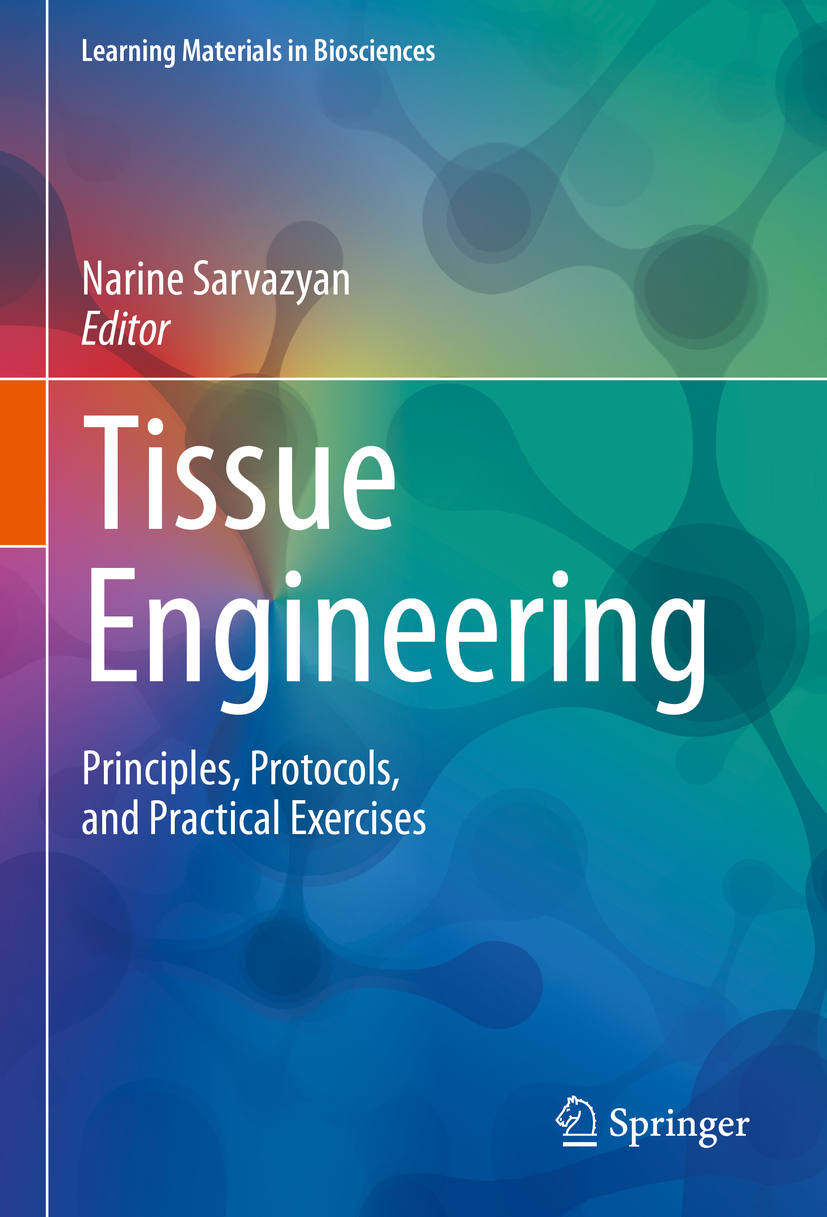
Learning Materials in Biosciences textbooks compactly and concisely discuss a specific biological, biomedical, biochemical, bioengineering or cell biologic topic. The textbooks in this series are based on lectures for upper-level undergraduates, masters and graduate students, presented and written by authoritative figures in the field at leading universities around the globe.
The titles are organized to guide the reader to a deeper understanding of the concepts covered.
Each textbook provides readers with fundamental insights into the subject and prepares them to independently pursue further thinking and research on the topic. Colored figures, step-by-step protocols and take-home messages offer an accessible approach to learning and understanding.
In addition to being designed to benefit students, Learning Materials textbooks represent a valuable tool for lecturers and teachers, helping them to prepare their own respective coursework.
More information about this series at http://www.springer.com/series/15430

This Springer imprint is published by the registered company Springer Nature Switzerland AG
The registered company address is: Gewerbestrasse 11, 6330 Cham, Switzerland
Tissue engineering and regenerative medicine (TERM) is a newly emerged interdisciplinary branch of science with high clinical relevance. Here, we attempted to overview the main TERM principles followed by simple demos and student exercises all done using minimal specialized equipment and supplies. As such, this book can serve as a suitable educational material for anyone who wants to conduct a practical course introducing students to this complex and rapidly advancing field of science. We intentionally avoided exercises that rely on specialized equipment such as electrospinning, magnetic bead sorter, microfluidic chamber, or 3D printer. In contrast, described protocols can be conducted using common lab equipment, and the didactic part of the book can be easily read by students from all backgrounds including high school or non-biology major students. Moreover, since not all educational institutions might have a functional vivarium, we also included suggestions for alternative experiments that do not require certified animal facilities and approved animal protocols. Instead, instructors and students can rely on tissue sources from a local abattoir, farmers market, or using commercial cell lines. By completing exercises described in this book, students will become familiar with (i) the basic principles of disassembling and reassembling tissues, (ii) key TERM terminologies, and (iii) methods of analyzing engineered tissues. Students will also gain practical experience in using online resources and literature searches to extract relevant TERM protocols and to perform the key steps of the procedures.
It is important to emphasize that by no means this book attempts to cover the advances and complexities of the TERM field. For this, interested readers are referred to many excellent comprehensive books or reviews that encompass different aspects of tissue engineering.
Narine Sarvazyan, Ph.D., Editor of this book, is a Professor of Pharmacology and Physiology at the George Washington University School of Medicine and Health Sciences. Her lab focuses on exploring the mechanisms of cardiac arrhythmias, cardiotoxicity of cancer drugs, the role of environmental contaminants in heart disease, and tissue engineering-based therapies for heart and vessel repair. In the Fall of 2017, she received the Fulbright US Scholar Award that enabled her to develop and conduct an introductory, hands-on course in tissue engineering, which was held on the premises of the Orbeli Institute of Physiology, Armenian National Academy of Sciences, using the facilities and equipment of the Tissue Engineering and Immunology Laboratory led by Dr. Zaruhi Karabekian. Dr. Karabekian served as a Co-instructor in the course, while two of her lab members, Drs. Hovhannes Arestakesyan and Vahan Grigoryan, provided valuable contributions during and after the course as teaching assistants. This book is an outcome of this course. Seven out of 12 students who took the course contributed to the specific chapters of this book, which is reflected on the content page. Hasmik Mikaelyan, Regional Coordinator of the Fulbright programs in Armenia, and Dr. Naira Ayvazyan, Director of the Orbeli Institute of Physiology, are gratefully acknowledged for their support and encouragement throughout these activities.
An online advertisement using social media channels and Instapage sign-up was used to inform interested students and the general public. Instapage is a paid service, but a similar sign-up page can be easily established for free. The main goal of these wide advertisement efforts was to recruit an interdisciplinary group of students from any STEM fields as well as of different career stages: from high school students to recent PhDs.
A Doodle poll was created to schedule individual student interviews. Applicants were also asked to submit, in advance, their CV and a short letter of interest. During the follow-up interview, the students level of interest and his/her time commitment were evaluated.
Font size:
Interval:
Bookmark:
Similar books «Tissue Engineering: Principles, Protocols, and Practical Exercises»
Look at similar books to Tissue Engineering: Principles, Protocols, and Practical Exercises. We have selected literature similar in name and meaning in the hope of providing readers with more options to find new, interesting, not yet read works.
Discussion, reviews of the book Tissue Engineering: Principles, Protocols, and Practical Exercises and just readers' own opinions. Leave your comments, write what you think about the work, its meaning or the main characters. Specify what exactly you liked and what you didn't like, and why you think so.

